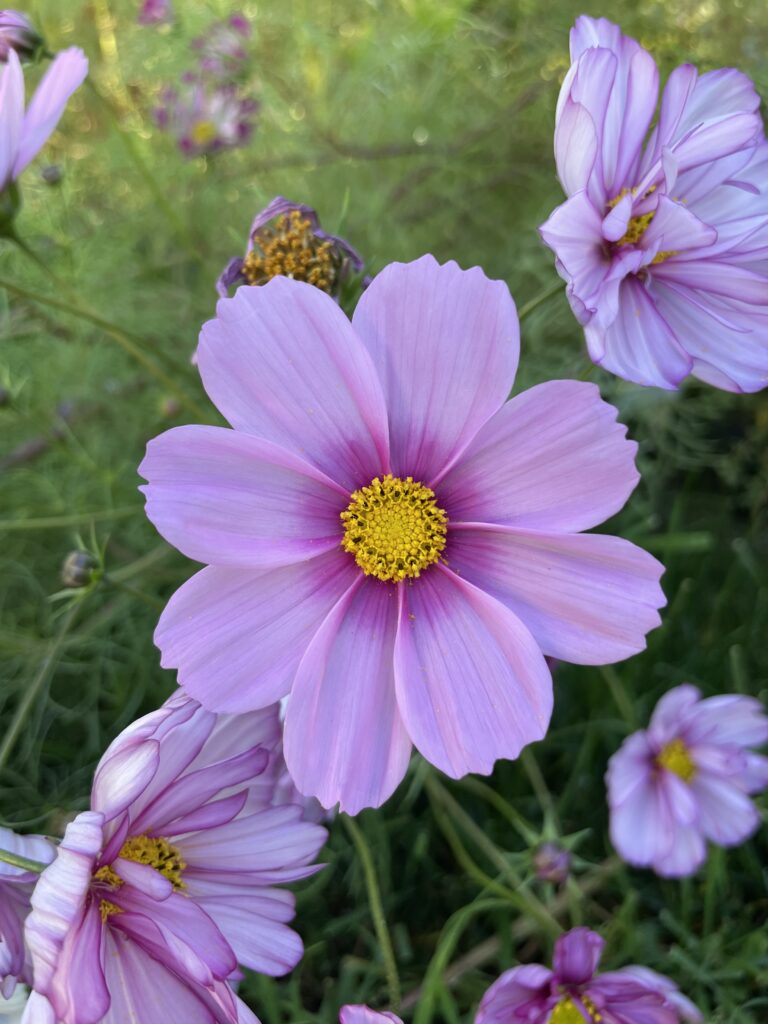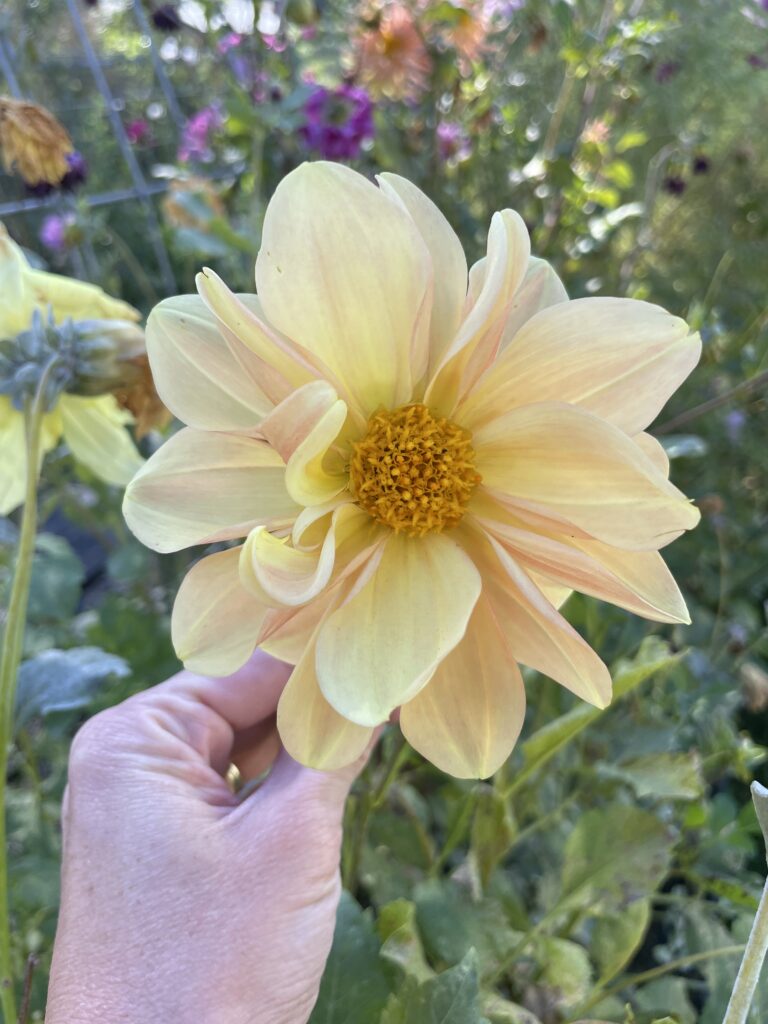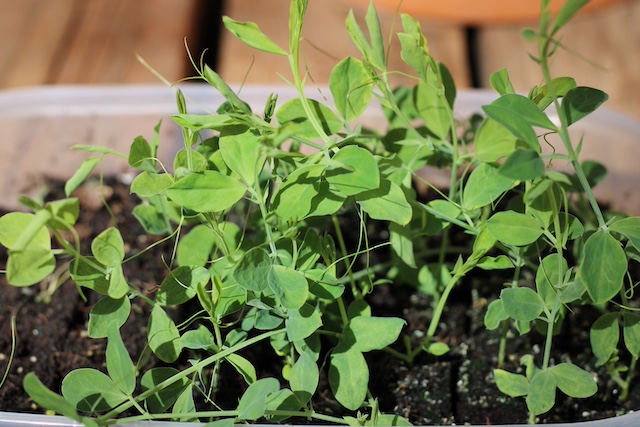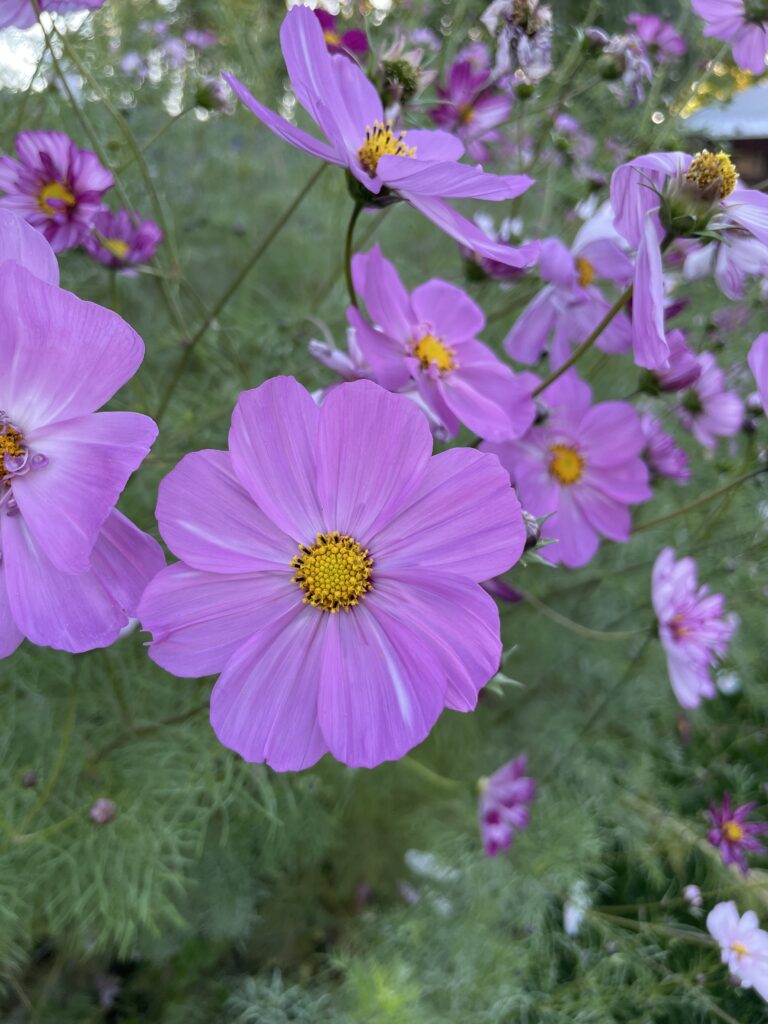Low Maintenance Flowers for Busy Gardeners
I personally wish I could spend all my time gardening, unfortunately my responsibilities keep me from accomplishing that task, so I rely on these low maintenance flowers to help have a beautiful garden even in my very busy time of life.
1. Annual vs Perennial Flowers
There are two main types of plants: annual and perennial. Annual plants you will need to replant every year and perennial plants will come back every year without replanting. Have this in mind for what plants you want to grow. Different plants will be perennial in different growing conditions, a plant will say on the plant tag if it is perennial or not in your growing zone. I personally like having a mix of both so in the spring I don’t have to replant everything every year, but I still get to try some new plants and colors every year. You do what is best for your goals and lifestyle.
1. Low Maintenance Flowers –Annual
The classifications I used to determine if a flower is low maintenance is if it can be grown easily from seeds, disease resistance, and fast grower.
- Marigolds: Hardy and resistant to pests, marigolds thrive in full sun and need minimal watering once established. They also are great at deterring pests for attacking your other plants.
- Sunflowers: They grow easily from seeds and are great to plant with kids. Sunflowers grow so fast! I like to get bunching sunflowers so I get more than one bloom. If you want more ideas on the best variety to grow I have a whole post just on growing sunflowers HERE.
- Zinnias: These flowers are drought-tolerant, attract bees, monarch butterflies and hummingbirds, and thrive in full sun. I also have a whole post on growing zinnias HERE.
- Comos: Comos are so whimsical and have dainty flowers. I love cutting and bringing these flowers inside. These flowers have spread in my garden and are growing like weeds, but to be honest I don’t mind at all.
Calendula: Not only an easy plant to grow from seeds, calendula has medicinal properties and can be used to make tinctures and salves.
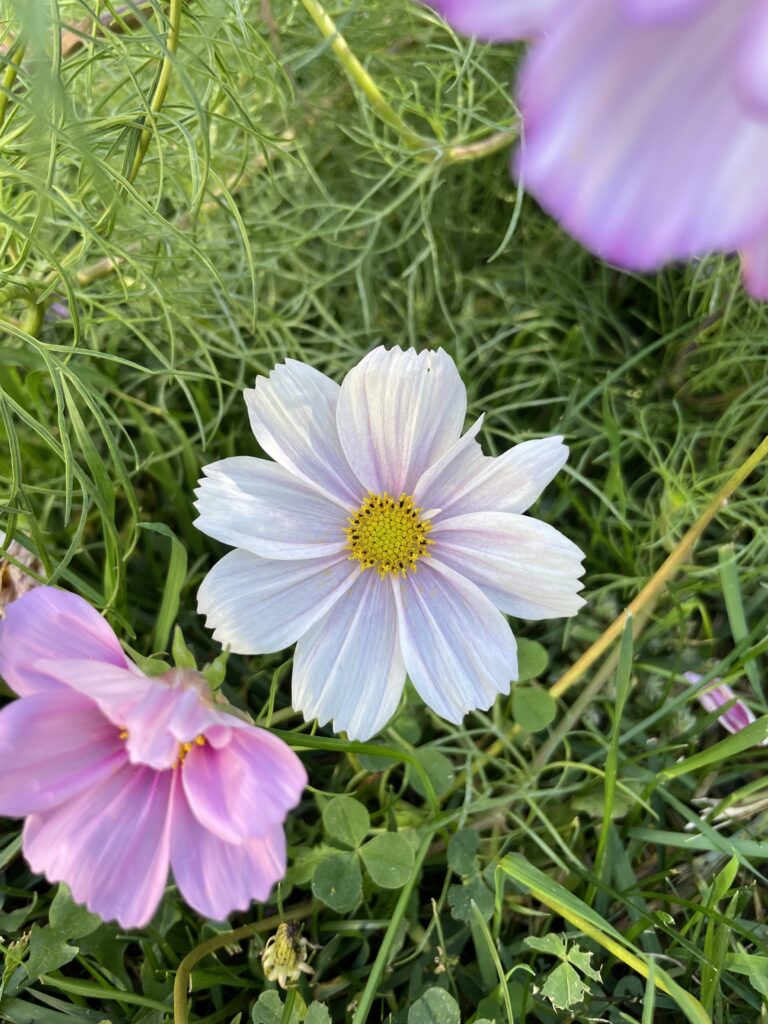
2. Low Maintenance Flowers –Perennial
Perennial Flowers are great because they do not have to be planted year after year. The perennial flowers that grow well for you will be heavily determined by your growing zone, so going to a local garden nursery will give you a wealth of knowledge. I have chosen 5 perennials that do well in almost any climate, but the best variety of each plant will be different for every zone. These can all be grown from seeds, but buying a started plant will be even easier. I tend to spend the money on perennial plants because I know they will benefit me for years to come.
- Daffodils: Hardy and resistant to pests, marigolds thrive in full sun and need minimal watering once established.
- Yarrow: They grow easily from seeds, are drought-tolerant, and make great dried flowers.
- Coneflowers (Echinacea): These flowers are drought-tolerant, attract pollinators, and thrive in full sun. I like the white swan variety. It also has medicinal properties.
- Black-eyed Susans: Have a very similar look to coneflowers. I think they are great cut flowers and bloom in the late summer when everything else is past it’s prime.
- Lavender: Not only does it smell great, but it also thrives in dry conditions and has medicinal properties.
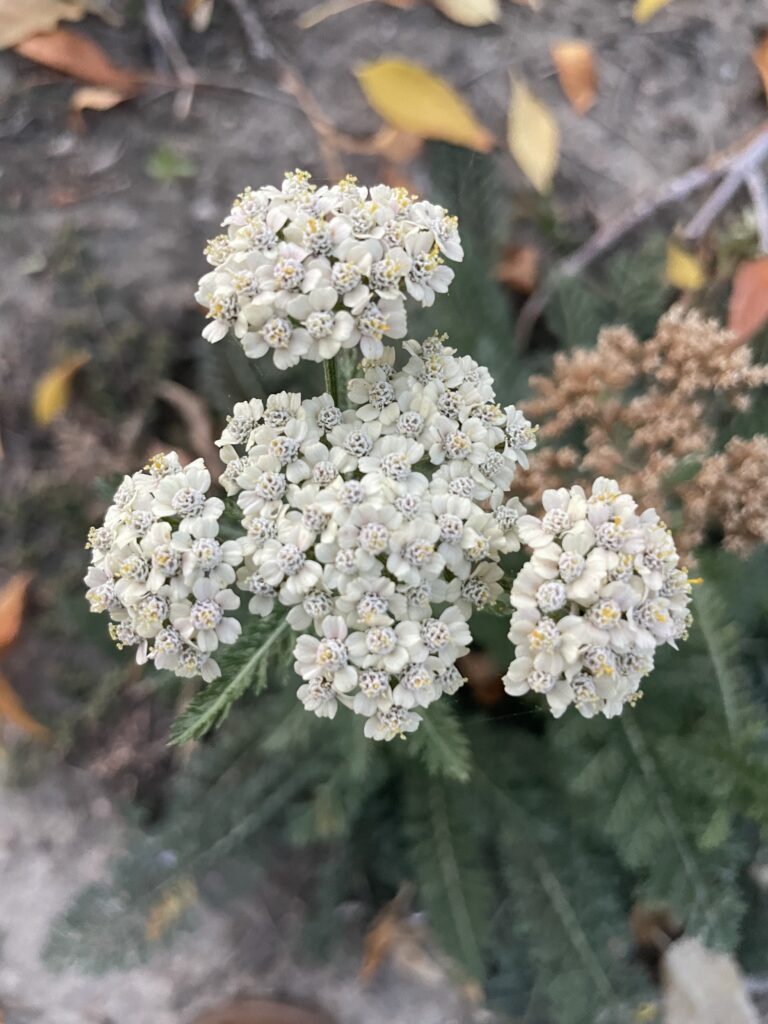
2. Plant in the Right Location
Different flowers need different amounts of sunlight. The flowers that I suggested all prefer full sun meaning 6 hours or more. Don’t get mixed up the the word “FULL” in full sun. In my summer months where the sun is up at 6AM and stays up until 9:00PM my plants only need the sun in the morning or evening not all day.
3. Soil Quality
You will not know what you soil needs exactly unless you do a soil test, but unless you are having issues with your plants growing in a spot it might not me necessary. A good rule of thumb is to losen up the soil and mix in an inch of compost. I would start there in if you have problems then you can do a soil test.
4. Watering
Because how much to water will depends on so many different factors I can’t give you a straigh answer. You will usually need to water a few times a week. A good test to check if you plant needs water is to stick your finger in the ground a few inches deep at the base of your plant. If the the soil is dry it is time to water. It is better to water deep and infrequent than regularly and shallow.
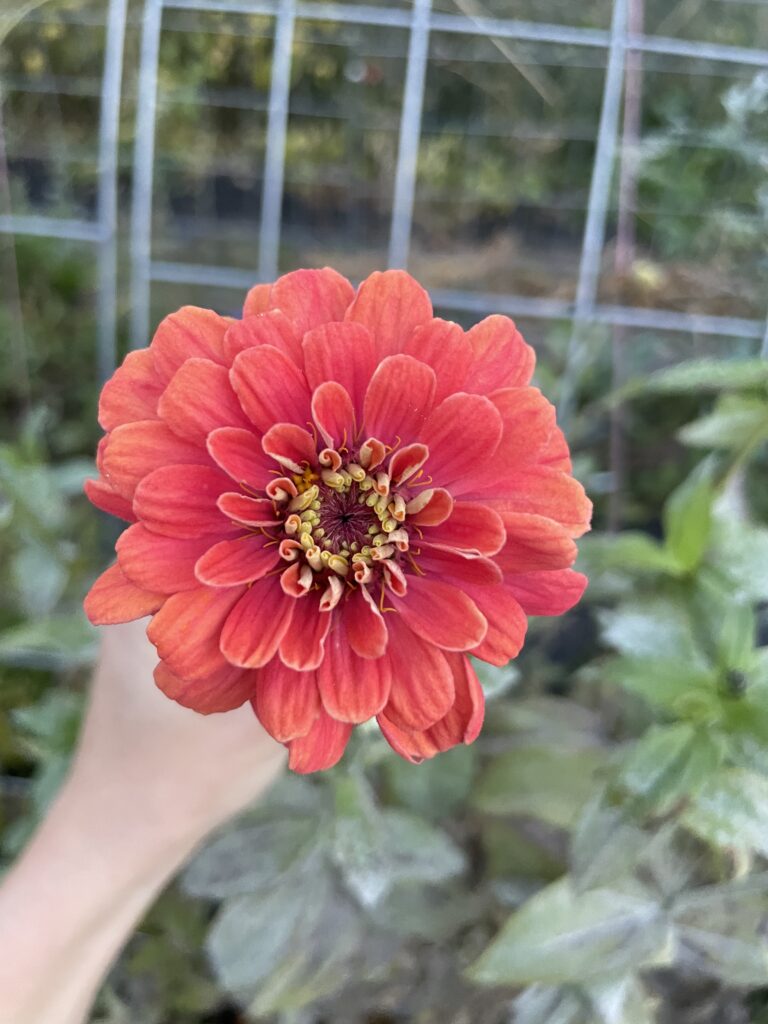
5. Mulching
Apply a layer of mulch (straw, wood chips, dried leaves, grass clippings) around your flowers to help retain moisture, suppress weeds, and regulate soil temperature. Mulch also helps reduce the need for frequent watering. It also helps your landscape look neat and tidy.
6. Deadheading Low Maintenance Flowers
Some flowers will produce more flowers if you remove dead or faded flowers (called deadheading). All the annual flowers except the single stemmed sunflowers will grow new flowers the more you cut them.
7. Minimal Fertilizing
Low-maintenance flowers don’t usually need a lot of fertilizer. It will highly depend on your soil needs. Where I live in the Utah dessert my soil is very low in nitrogen so I fertilize my plant with a heavy liquid nitrogen fertilizer a few times during the summer. If you live in a climate that rains a lot you probably do not need nitrogen and adding too much will result in a large plant with no flowers. If you do not want to do a soil test the best thing to do is ask local gardeners or garden centers.
Flowers are flower everyone, and they bring so much joy and healing.
As always
Grow flowers to heal your soul,
Beth

